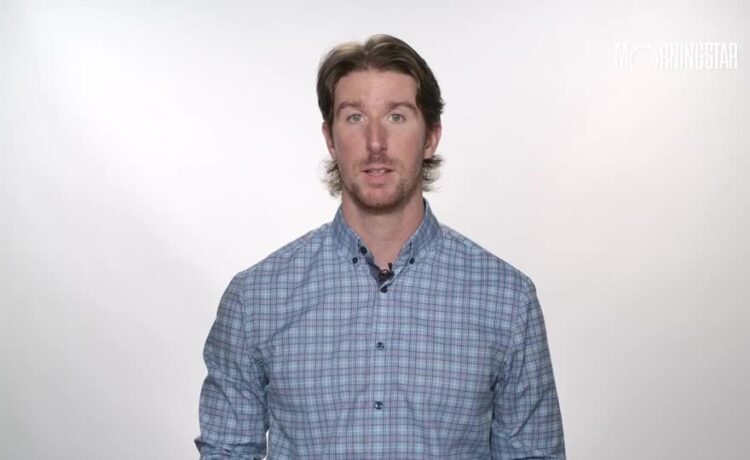Ryan Jackson: Warren Buffett compares interest rates to gravity when it comes to pricing investments. High interest rates pull hard on valuations and keep them grounded, while low rates encourage growth with little resistance.
But just like gravity weighs heavier on the elephant than the field mouse, changing interest rates impact some investments more than others. Recent economic data suggest that interest-rate cuts could be on the horizon. Here are three ETFs that stand to benefit more than most if the Federal Reserve turns that potential into policy.
3 Good ETFs When Interest Rates Fall
Let’s start with Hartford Total Return Bond ETF. It trades under the ticker HTRB and earns a Silver Morningstar Medalist Rating.
A deep team at Wellington subadvises this actively managed fund. Joe Marvan is the lead manager, but he leans on a seasoned roster of sector specialists to position the portfolio. The team covers a lot of ground with this strategy and can venture into esoteric bond sectors. That flexibility lands the fund in the intermediate core-plus category—and explains why it can be more volatile than conventional core bond portfolios.
Bond funds should fare well when interest rates fall in general. HTRB should fare especially well because it favors longer-term bonds than its benchmark and most peers. That is captured with a data point called duration—a measure of how sensitive the investment is to changing interest rates, expressed in years. Longer-duration bond funds slide further when rates rise but climb higher when they fall.
HTRB’s average effective duration was 6.9 years as of June 2024—a full year longer than the Morningstar US Core Bond Index. That doesn’t guarantee success if rates come down, especially if that prompts a rocky credit market. But even if short-term obstacles pop up, this Silver medalist is a good bet to overcome them in the long run.
Next up is Gold-rated Vanguard Long-Term Bond ETF, ticker BLV.
This index strategy channels the market’s collective expertise through market-value weighting, allowing it to charge a paper-thin 0.04% fee. It spins a portfolio that stashes 48% of its money in Treasuries, about triple the average long-term bond fund.
Treasuries come with virtually zero credit risk, but this fund is very sensitive to interest rates. Entering June 2024, it registered a 13.7-year average duration—a full year longer than its average category peer and almost 8.0 years longer than the Morningstar US Core Bond Index. That’s why it trailed nearly 95% of its peer group since the start of 2022.
That sensitivity is a double-edged sword, though. When cool economic data signaled potential rate cuts in the fourth quarter of 2023, this fund gained 13.1%—doubling the Morningstar US Core Bond’s gain. Investors should expect BLV to be more volatile than most bond funds, but it should excel when rates decline.
The last fund for today is Schwab U.S. Small-Cap ETF, which trades under the ticker SCHA and earns a Silver Morningstar Medalist Rating.
This no-frills index fund provides an accurate, well-diversified snapshot of the US small-cap stock market. It inspires confidence because it manages the margins well. The index uses sensible liquidity and turnover buffers, and the fund levies a paltry 0.04% fee. Its average holding is a little smaller than most small-blend peers, but the fund should thrive when small caps are in favor.
That time could come soon because small-cap stocks historically respond to rate changes more dramatically than large caps. From the start of 2022 through June 2024, SCHA trailed Schwab U.S. Large-Cap ETF SCHX by about 7 percentage points per year. But when a cooler inflation print signaled potential rate cuts on July 11, 2024, it beat its large-cap peer by nearly 4 percentage points in one day. Small caps have struggled for years. If they start to make up ground, this fund is a solid way to buy in.
Watch Active ETFs: What Investors Need to Know for more from Ryan Jackson.

















